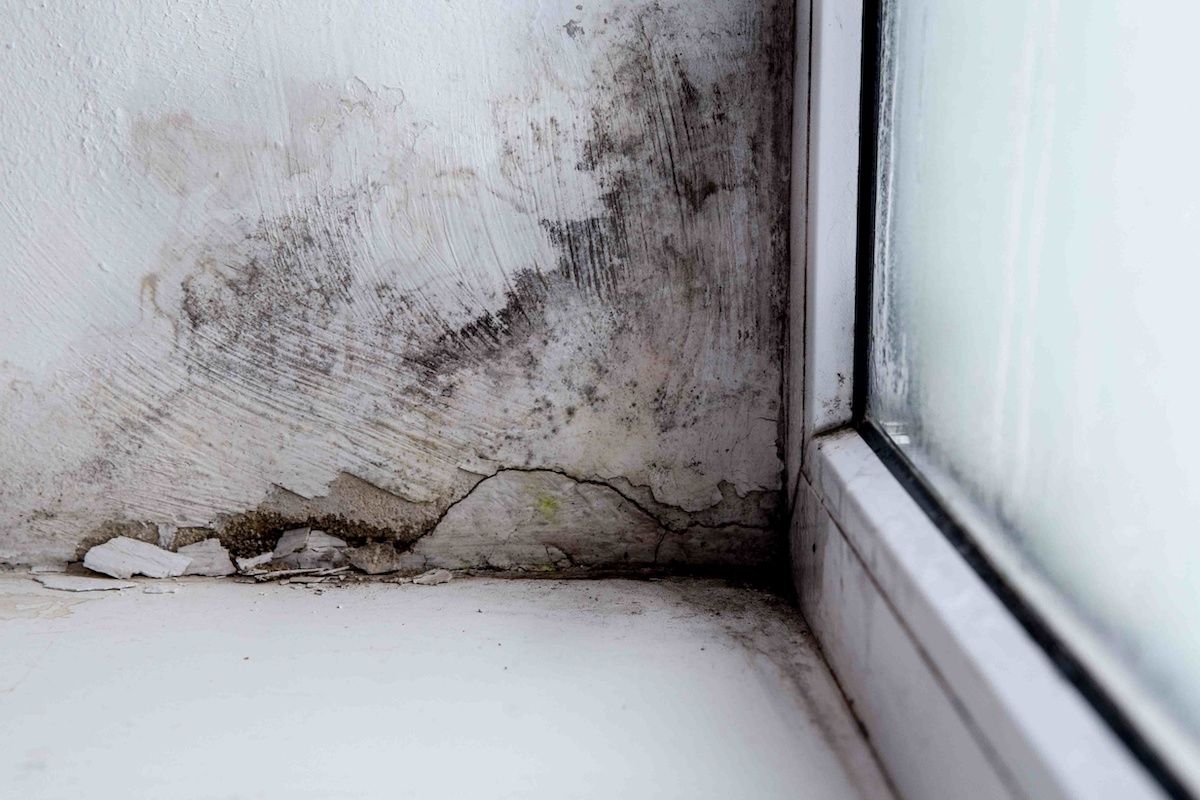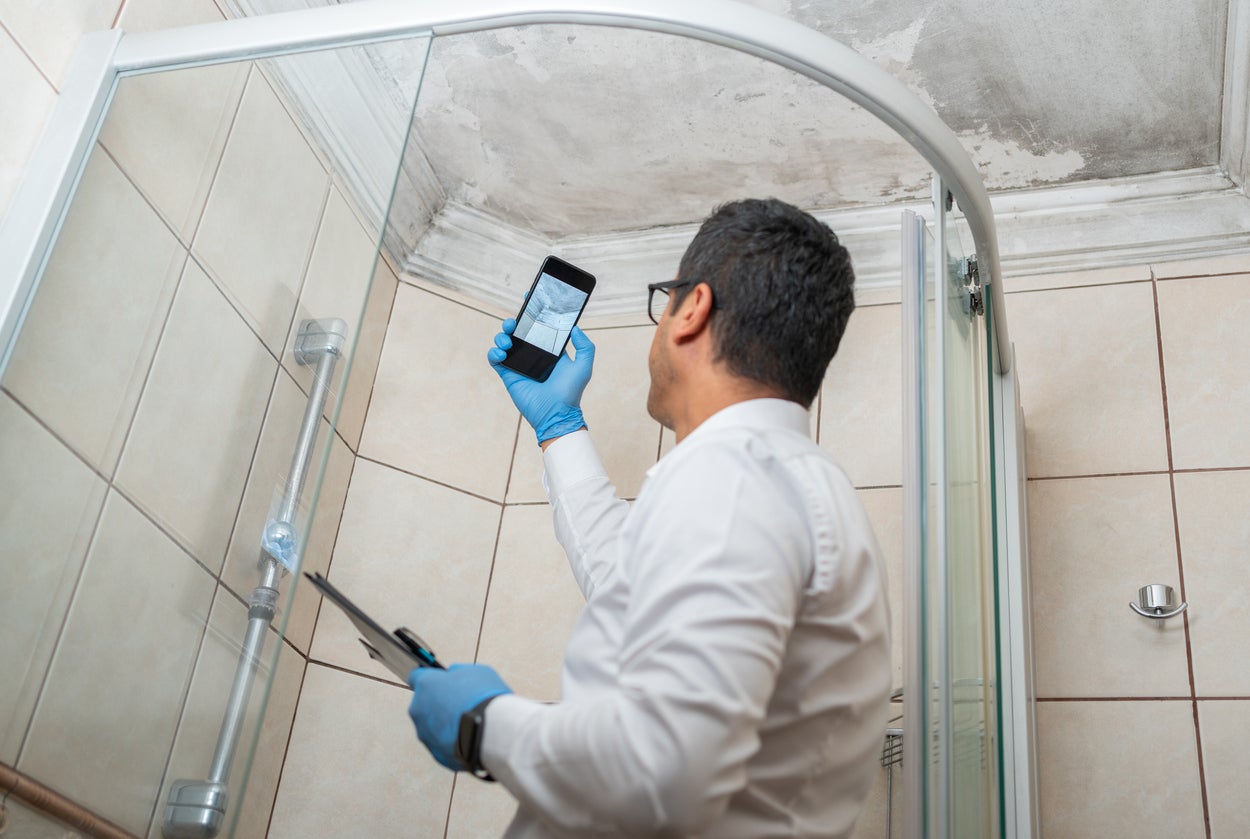Crafting an In-depth Post Mold Remediation Report
Crafting an In-depth Post Mold Remediation Report
Blog Article
Professional Tips for Message Mold Removal Success
In the world of mold removal, effectively eradicating mold and mildew is just half the battle; the real difficulty lies in stopping its reappearance. By adhering to skilled suggestions and best methods, individuals can safeguard their spaces against mold and mildew renewal and maintain a healthy interior environment.
Screen Moisture Degrees Routinely
Routine monitoring of moisture degrees is essential in ensuring the performance of post mold removal initiatives. After finishing mold and mildew remediation treatments, keeping optimal moisture levels is essential to avoid mold and mildew re-growth and make sure a healthy indoor environment. Monitoring moisture levels permits very early discovery of any kind of spikes or fluctuations that might possibly lead to mold rebirth. High humidity degrees over 60% create a favorable setting for mold and mildew to thrive, making regular monitoring a proactive procedure to avoid any future mold problems - what to do after mold remediation.
Furthermore, developing a regular timetable for moisture checks, specifically in risky areas such as bathrooms, kitchens, and cellars, is an aggressive approach to mold and mildew avoidance. By consistently keeping an eye on moisture degrees, home proprietors can properly reduce the threat of mold and mildew reoccurrence and keep a healthy indoor atmosphere post-remediation.
Conduct Thorough Inspections Post-Remediation
Complying with the completion of mold remediation treatments, it is imperative to conduct extensive examinations to verify the effectiveness of the remediation process. These post-remediation examinations are vital in guaranteeing that the mold and mildew concern has been successfully addressed and that there is no reappearance or staying mold development. Evaluations should be carried out by qualified experts who have proficiency in recognizing mold and mildew and analyzing indoor air quality.
During these evaluations, various methods such as aesthetic analyses, air sampling, and surface tasting might be employed to thoroughly assess the remediated locations. Visual evaluations include a comprehensive assessment of the premises to inspect for any visible signs of mold development or water damage. Air tasting helps in determining the airborne mold and mildew spore degrees, while surface area sampling can detect mold fragments on surface areas.
Implement Appropriate Ventilation Methods
After making sure the effectiveness of the mold removal procedure with extensive evaluations, the next crucial step is to concentrate on executing correct air flow strategies. Adequate ventilation is essential in stopping mold and mildew reoccurrence by controlling wetness levels and advertising air blood circulation. To attain this, it is recommended to make use of exhaust followers in locations susceptible to high moisture, such as cooking areas and shower rooms. Additionally, opening doors and home windows when climate allows can assist improve air movement and decrease dampness build-up. Air dehumidifiers and cleansers are also useful tools in preserving ideal indoor air quality.
Correct air flow not just help in avoiding mold development but also adds to the total health and comfort of occupants. By other making certain sufficient air flow throughout the residential property, you can lower the danger of mold and mildew regrowth and create a healthier living environment. Regular maintenance of ventilation systems, consisting of cleansing and filter replacements, is vital to sustaining effective ventilation. Consulting with HVAC experts can offer further understandings right into enhancing ventilation techniques for your certain residential or commercial property needs.

Usage Mold-Resistant Materials for Services
To improve the lasting effectiveness of mold and mildew removal efforts, including mold-resistant products for repair services is essential in alleviating the threat of future mold development. Mold-resistant materials are made to hold up against wetness and prevent mold development, making them a vital option for locations susceptible to moisture and humidity. When repairing areas impacted by mold and mildew, utilizing materials such as mold-resistant drywall, mold-resistant paints, and mold-resistant caulking can assist prevent mold reoccurrence.
Mold-resistant drywall is a superb option to traditional drywall in locations like basements and bathrooms where moisture levels are greater. When revealed to damp conditions, this type view of drywall has a special coating that stands up to mold and mildew growth even. In addition, making use of mold-resistant paints consisting of antimicrobial representatives can further inhibit mold development on ceilings and walls.
In locations where moisture is typical, such as restrooms and kitchen areas, making use of mold-resistant caulking around sinks, tubs, and home windows can assist seal out water and prevent mold and mildew from holding in splits and holes. By investing in these mold-resistant products throughout fixings post-remediation, you can dramatically minimize the possibility of future mold concerns and keep a much healthier interior atmosphere.
Maintain Tidiness and Address Water Issues
After mold remediation, it is vital to keep a clean environment to prevent the regrowth of mold and mildew. Leakages, click over here water invasion, or high moisture levels can create the excellent breeding ground for mold and mildew, so it is critical to take care of any kind of water-related troubles instantly.
To keep sanitation, take into consideration making use of HEPA filters in vacuums and air purifiers to catch mold spores and stop their circulation in the air. Furthermore, guaranteeing proper ventilation in areas susceptible to moisture buildup, such as bathrooms and cooking areas, can assist maintain humidity degrees in check. By remaining alert concerning sanitation and addressing water concerns quickly, you can efficiently avoid mold and mildew reinfestation and maintain a healthy indoor setting.
Conclusion

In the world of mold remediation, efficiently getting rid of mold and mildew is only half the fight; the true challenge exists in preventing its reappearance. After completing mold and mildew removal procedures, keeping optimal moisture degrees is important to protect against mold and mildew re-growth and make sure a healthy indoor atmosphere. High moisture levels over 60% produce a conducive environment for mold to thrive, making regular keeping track of a positive measure to avoid any type of future mold concerns.
To boost the long-lasting performance of mold and mildew removal efforts, incorporating mold-resistant products for repair services is critical in mitigating the danger of future mold and mildew development. After mold and mildew removal, it is essential to keep a clean atmosphere to avoid the regrowth of mold and mildew.
Report this page